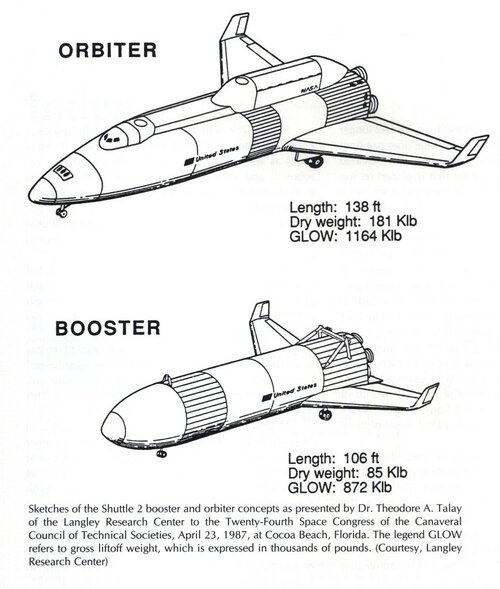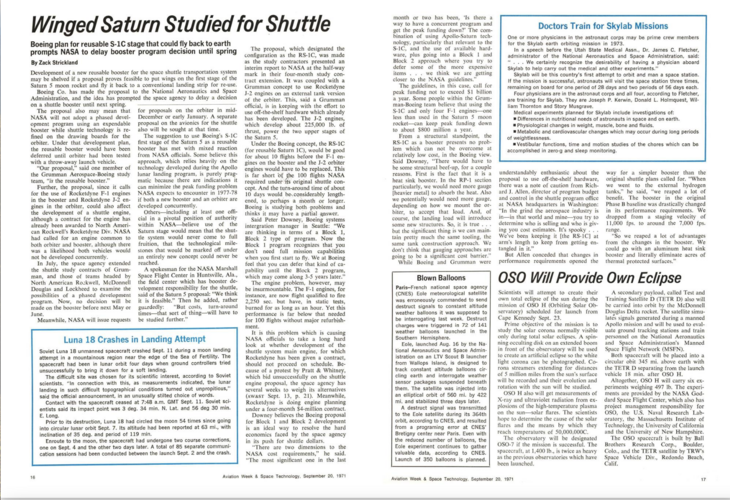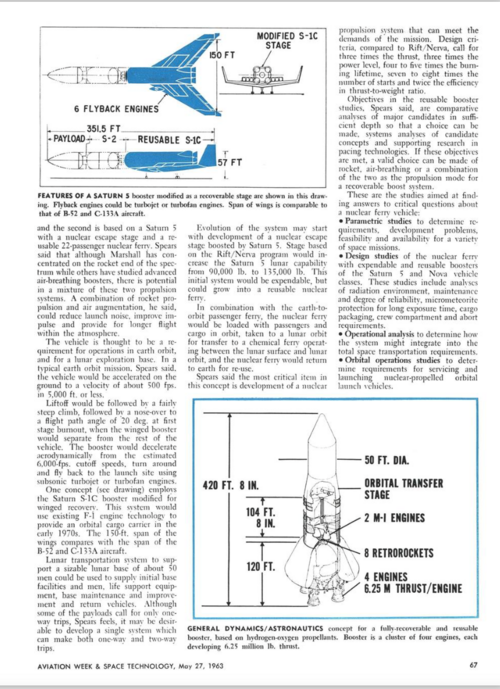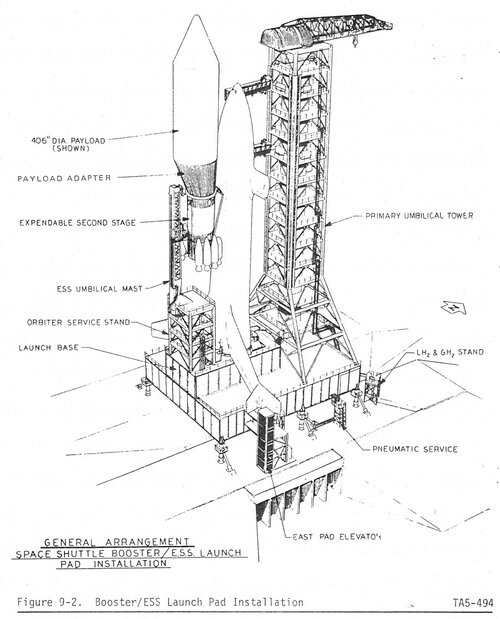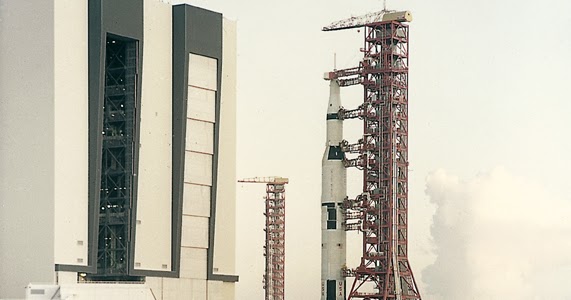For Archibald.
What if NASA concentrated on an unmanned fly back booster and not the shuttle orbiter a'la DARPA/Boeing XS-1 (https://www.darpa.mil/program/experimental-space-plane
Just the Booster of the original two vehicle concept.
NASA could have achieved 100% reusability on the booster. Would have to put off sortie missions like Spacelab (or do MOL like missions) or payload retrieval (which was only used 4 times). Various upper stages and configurations could have been used, An Apollo type spacecraft could have been employed and eventually transitioned to lifting body. For satellite deployment, there would be no need for crew. Whatever flew on the back could have been adaptable to different missions. Satellite servicing still would have been possible.
TPS would not have been as important. No SRBs. Mass increases would have been less impactful.
This would have been an interesting history arc.
What if NASA concentrated on an unmanned fly back booster and not the shuttle orbiter a'la DARPA/Boeing XS-1 (https://www.darpa.mil/program/experimental-space-plane
Just the Booster of the original two vehicle concept.
NASA could have achieved 100% reusability on the booster. Would have to put off sortie missions like Spacelab (or do MOL like missions) or payload retrieval (which was only used 4 times). Various upper stages and configurations could have been used, An Apollo type spacecraft could have been employed and eventually transitioned to lifting body. For satellite deployment, there would be no need for crew. Whatever flew on the back could have been adaptable to different missions. Satellite servicing still would have been possible.
TPS would not have been as important. No SRBs. Mass increases would have been less impactful.
This would have been an interesting history arc.


